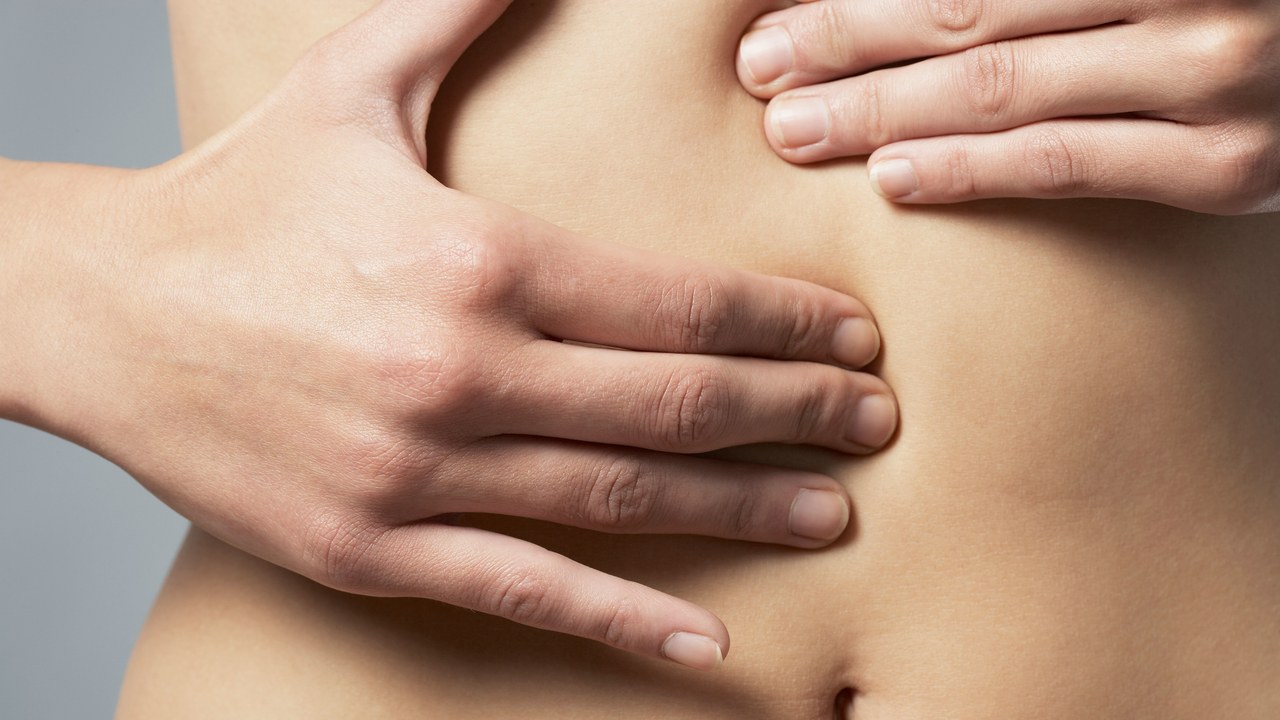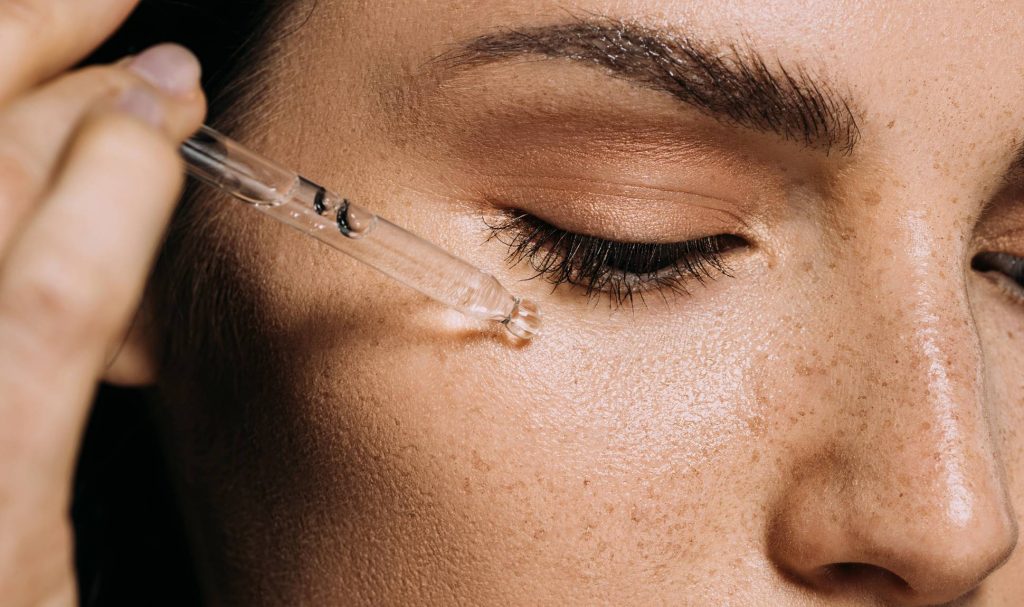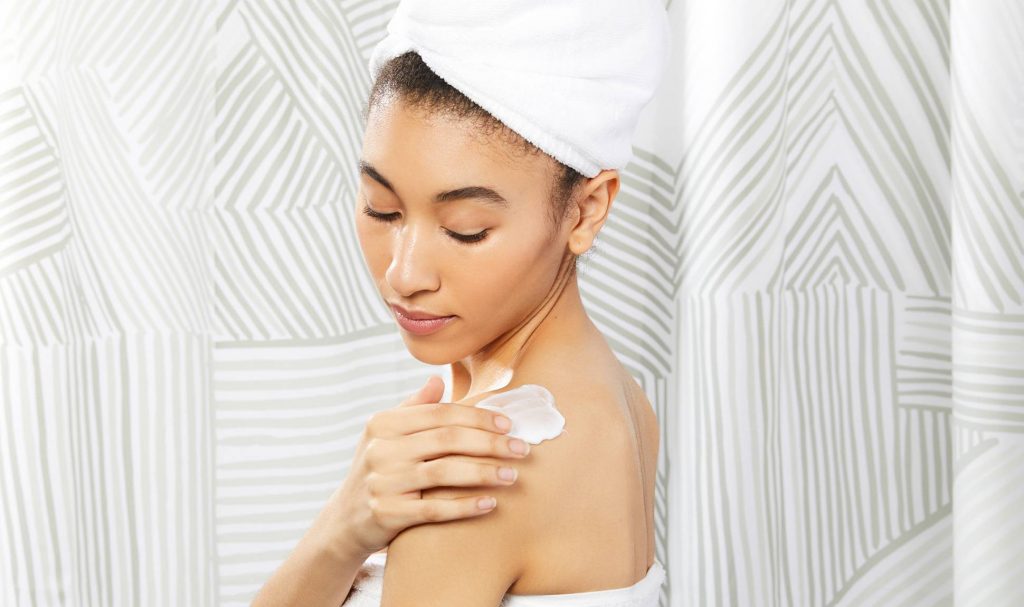Georg Steinhauser, a professor of ecology and radiation studies at Leibniz University in Germany has done quite a lot of environmental research in the past decade, but ever since a popular study in 2009, he’s been known for one thing: belly button lint — or, as Steinhauser puts it, “navel fluff.” Now, I know what you’re thinking: First, let’s all use the phrase “navel fluff” way more often from now on. And second, what is that, anyway? It’s that very curiosity that’s led to Steinhauser being hounded for nearly 10 years, and to us sitting down with a couple board-certified dermatologists to find out, once and for all, what’s up with the fluff.
What is belly button lint?
“Belly button lint is a combination of fibers from clothing, dead skin cells, residue [from] sweat and oil, and other debris,” Sejal Shah, a board-certified dermatologist and founder of SmarterSkin Dermatology in New York City, tells Allure. What’s more, according to a 2012 study from a group of U.S. universities, the bacteria found in your belly button, and subsequently the lint, are highly diverse. We asked Shah if perhaps it is that microbiome, then, that also causes the lint, but, she explains, that while the microbiome inhabitants may be a part of the belly button lint mix, it’s not necessarily the cause.
Soren White, a board-certified dermatologist based in New York City, says that navel fluff is typically only a problem for people who have innie belly buttons, as fibers can get trapped there. In addition to the actual shape of your belly button, it also matters how much hair you have, as that’s another factor that leads to fibers and debris getting stuck where you may least suspect it.
Can anyone get navel fluff?
“People with thicker, longer body hair tend to develop belly button lint,” Shah says. “As a result, women are less likely than men to develop it because they generally have finer, shorter body hair.”
Nevertheless, regardless of the trajectory of your belly button or the amount of hair that covers it, both White and Shah make a point of noting that, if you regularly cleanse your belly button, the formation is a lot less likely.
How do you get rid of it?
If you’re worried showering alone won’t do the trick, don’t fret, as there are other ways you can go about a fluff-free navel. Depending on the fabrics you like to wear, you have a few options. If you love wearing cotton, White points out that its fibers come off more readily and new shirts tend to have more loose fibers, so just be sure to pop it in the wash a few times before wearing them. If you don’t want to deal with washing before you wear (because, really, who does?), White says it never hurts to go with more synthetic fibers (i.e. nylon and polyester), as they shed a lot less.
Aside from the clothes you wear, you can take to getting to the root of the problem with hair removal. “Shaving and waxing in the area can be helpful, but only until the hair starts to regrow,” Shah says. But that always leaves the option of laser hair removal if you’re serious about making a long-term decision that can greatly impact the formation of belly button lint.
Is it really a big deal?
Point blank: “[Belly button lint] is harmless, but sometimes annoying,” White says, successfully summing up what we’re all thinking. Now, let’s all remember to wash our belly buttons and let poor Steinhauser go on with his life.




